

Industrial palletizing robots are crucial equipment in the field of industrial automation. Through the collaborative operation of mechanical arms and intelligent control systems, they replace manual labor to complete cargo palletizing tasks, significantly improving production efficiency and logistics turnover speed.In terms of mechanical structure, industrial palletizing robots come in various types:Cartesian robots achieve precise positioning through linear motion along the X, Y, and Z axes,
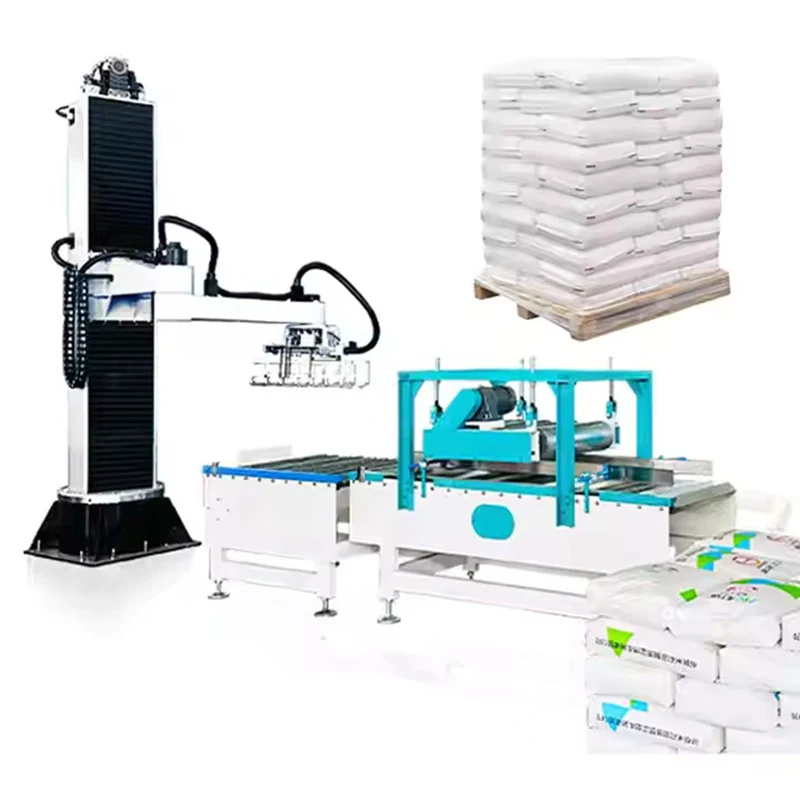
The column palletizer is a compact, space-saving automated palletizing machine....
2025-04-27
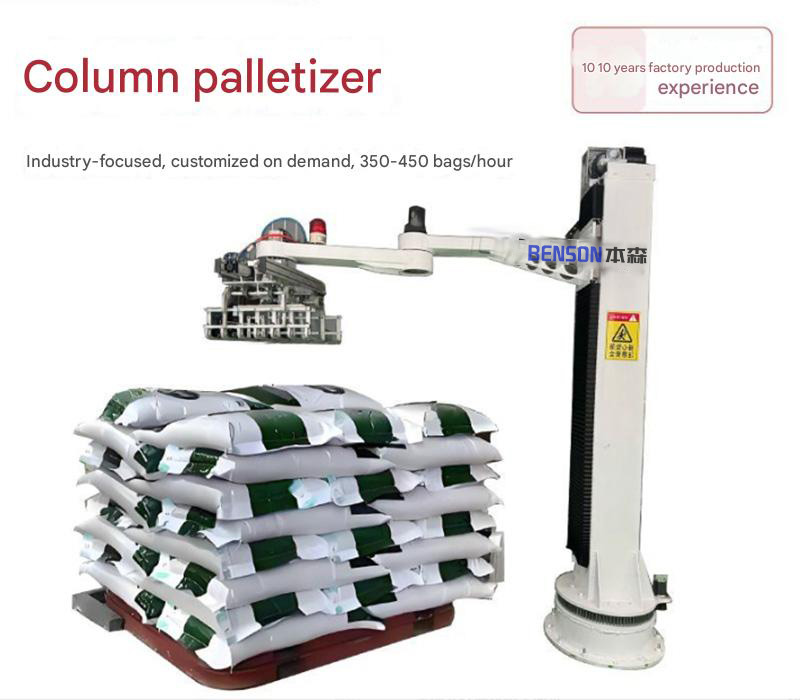
As a manufacturer of fully automatic organic fertilizer machinery robots, Benson...
2025-06-29
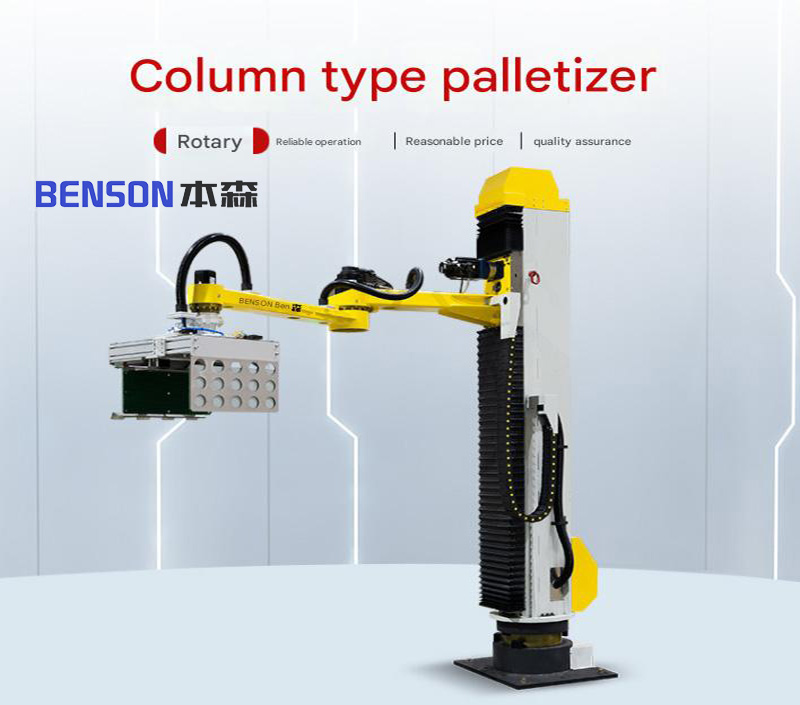
The 15 - kilogram canned goods vertical stacking robot, the 10 - kilogram chili ...
2025-06-29
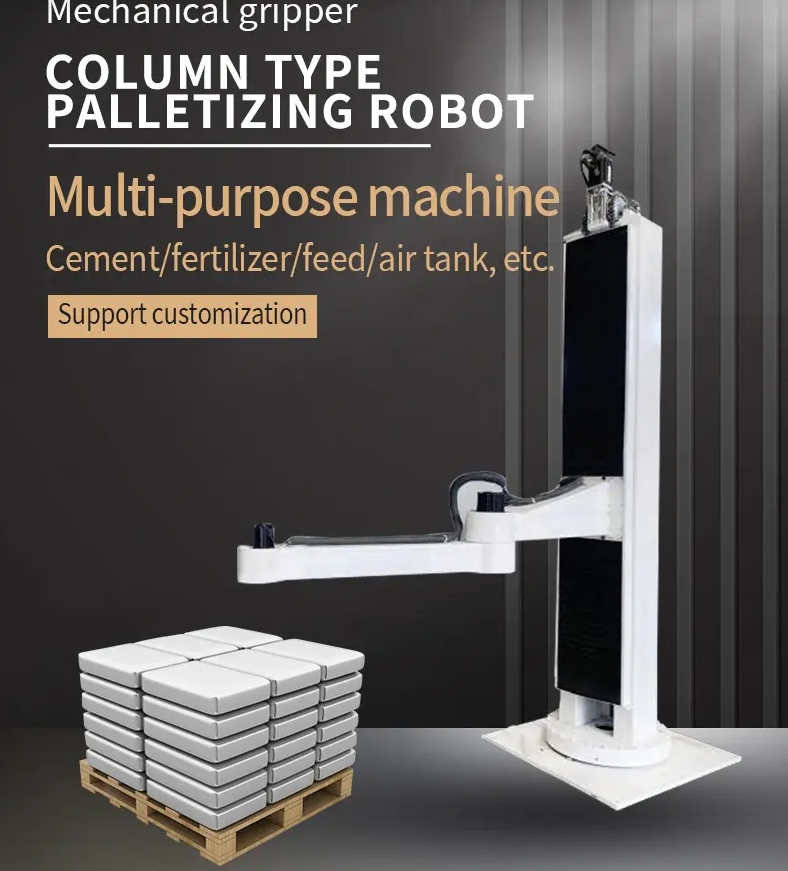
The 50-kg intelligent control carton column palletizing robot, high-speed 25-kg ...
2025-06-28
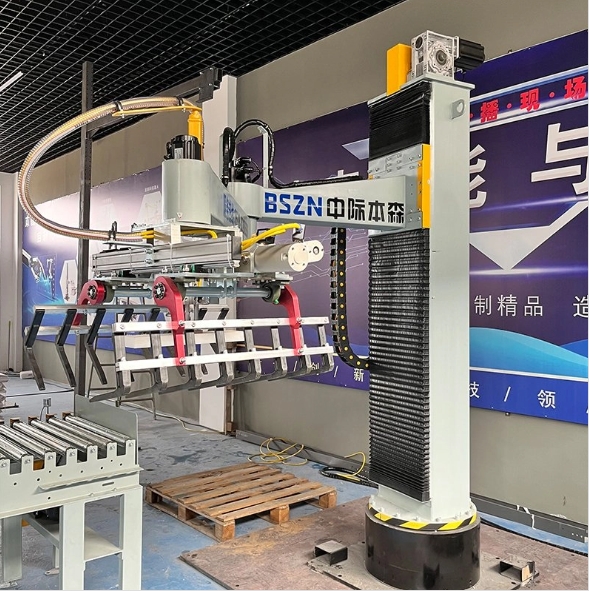
The 15 - kilogram rice vertical palletizing machine packaging production line ca...
2025-06-27
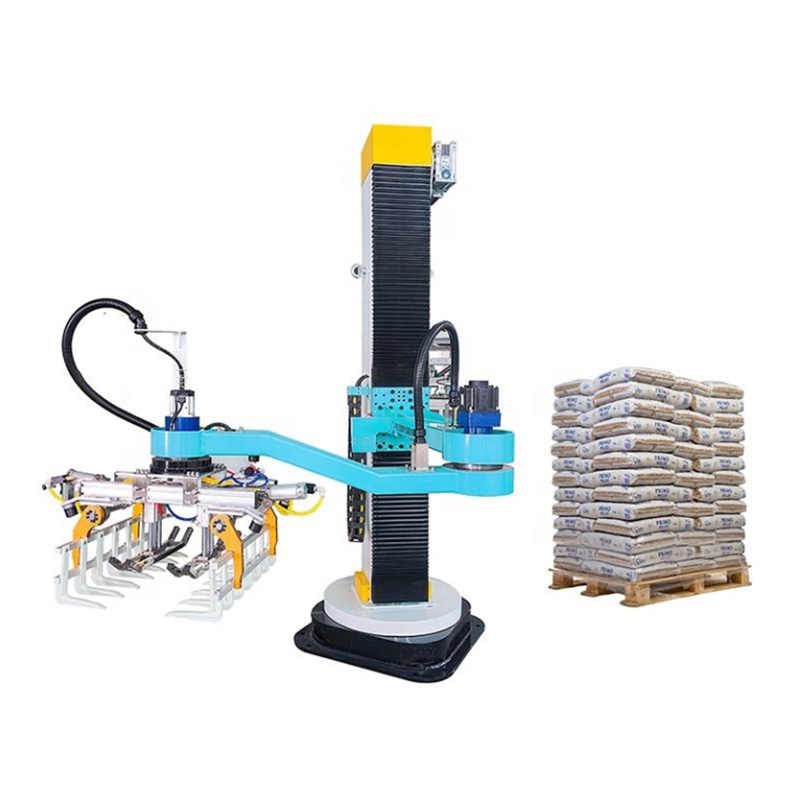
The small 20 - kilogram flour vertical - column palletizing robot is specificall...
2025-06-27
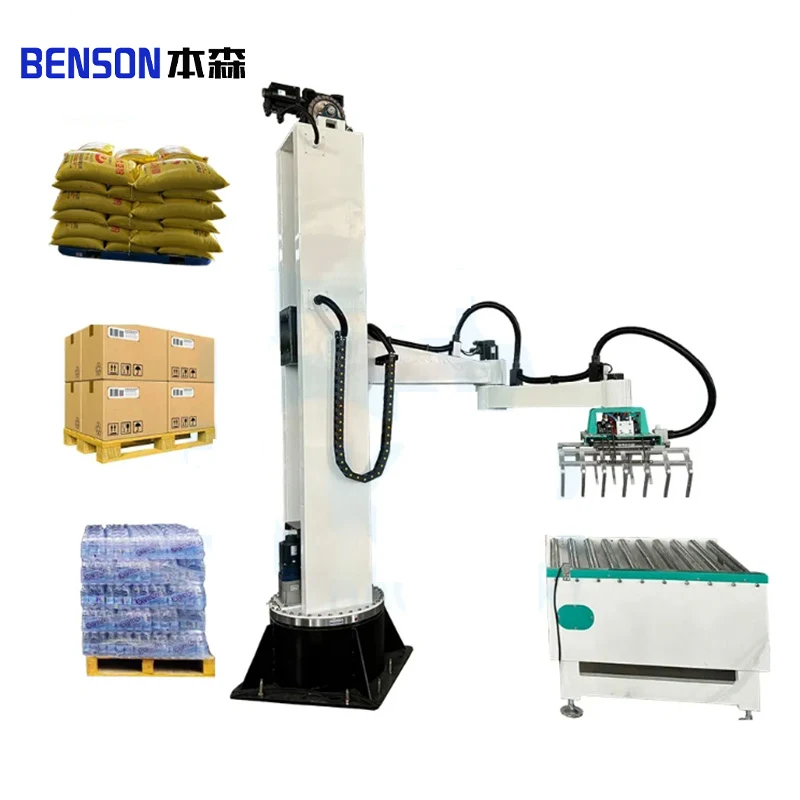
The vertical feed stacker is a key equipment for achieving automation and intell...
2025-06-15
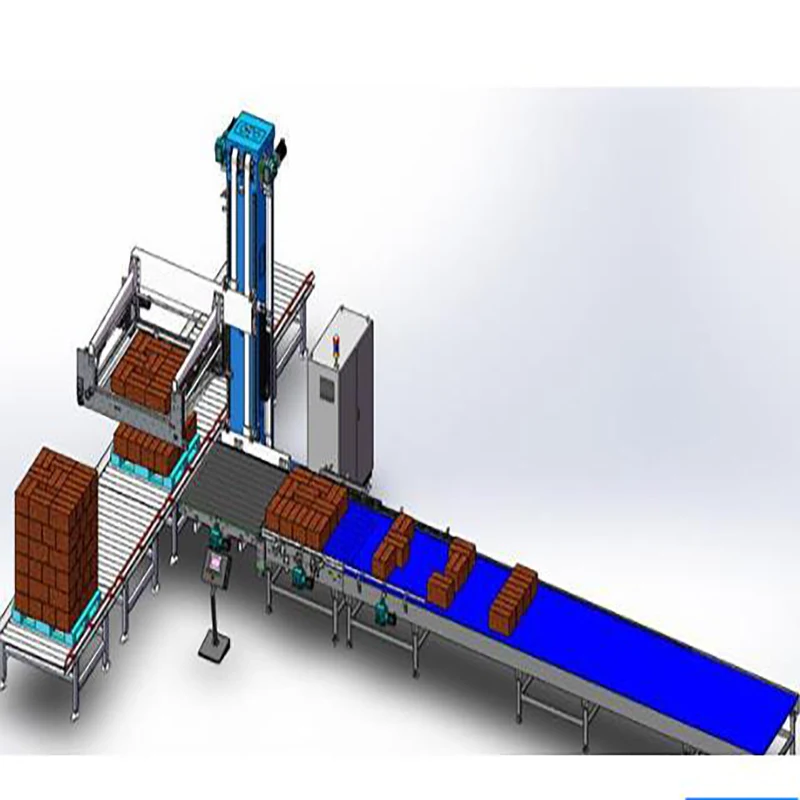
Thegantry - type high - level palletizer, with its stable and robust structure, ...
2025-06-14

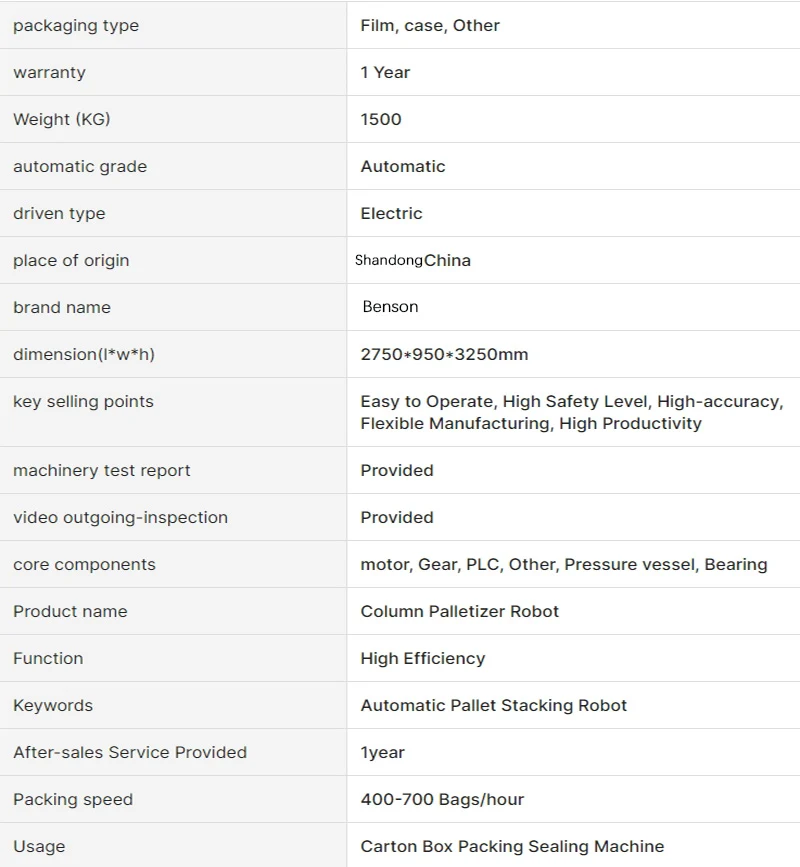

Products Description
The core function of industrial palletizing robots is to accurately stack items of various shapes and weights onto pallets or designated positions according to preset patterns through automated operations. Industrial palletizing robotIts main components include: the mechanical arm, as the core component responsible for executing grabbing, handling, and stacking operations, with a multi-joint structure that endows it with strong flexibility to adapt to different height and angle requirements; the end-effector, installed at the end of the mechanical arm and customized according to item characteristics, such as grippers, suction cups, or vacuum adsorption devices; the sensing system, used to detect item position, size, weight, and monitor the working environment to ensure operational precision and safety; the control system, which controls the movements of the mechanical arm through program instructions to achieve complex stacking path planning and automated processes; and the base, which provides stable support for the robot, equipped with mobile or fixed structures to balance operational flexibility and safety.
Industrial palletizing robotItsIn the manufacturing industry, such as in automobile manufacturing, home appliance production, and other fields, industrial palletizing robots are used to stack components or finished products; in the food industry, in production lines for beverages, beer, dairy products, instant noodles, etc., they are responsible for grabbing finished products from the end of the production line and neatly stacking them onto pallets or shelves; in logistics and warehousing scenarios, combined with automated three-dimensional warehouse systems, they realize the rapid storage and retrieval of goods, improving logistics efficiency; in the chemical industry, due to the corrosive, flammable, and explosive characteristics of raw materials, manual palletizing is dangerous, while industrial palletizing robots can work safely in enclosed or explosion-proof environments, improving work efficiency.
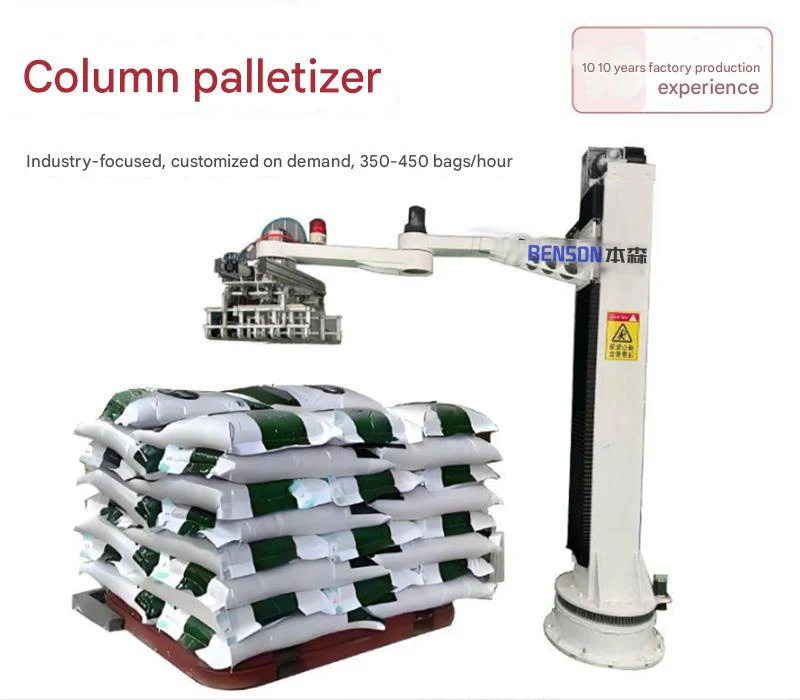
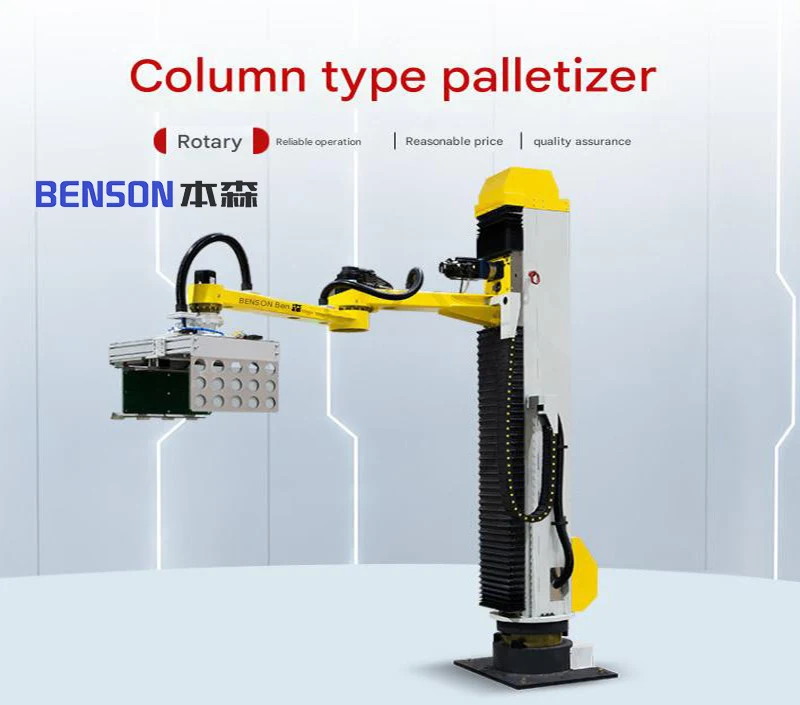
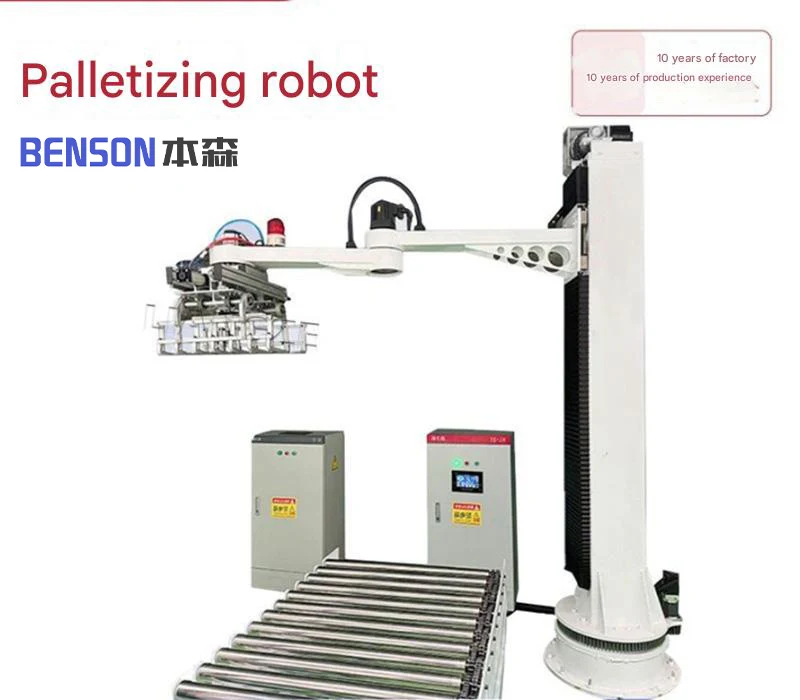
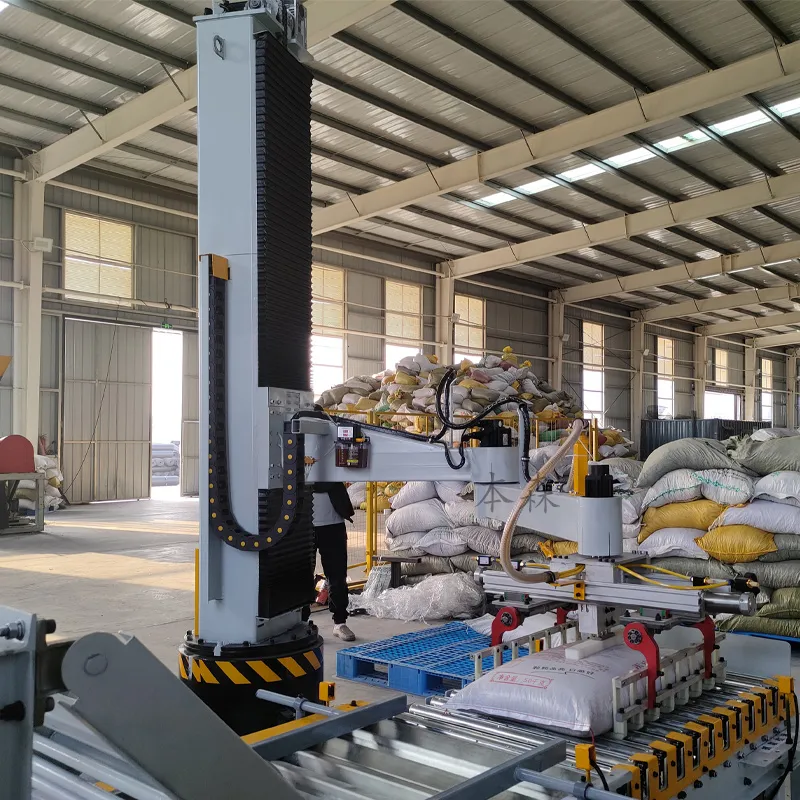
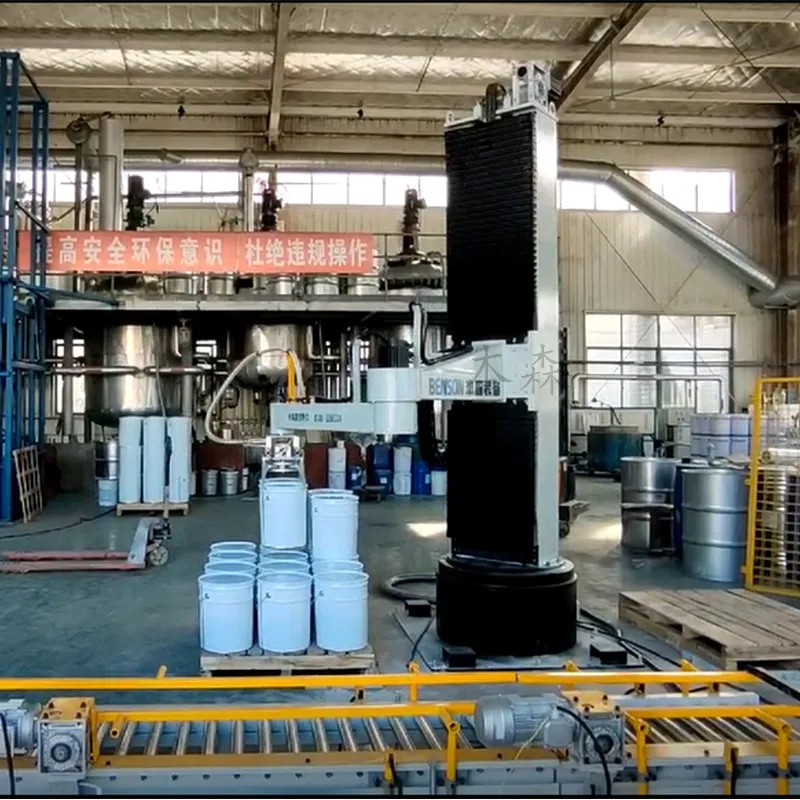

The working process of industrial palletizing robots:
Automatic Palletizing Execution Phase 1. Goods Grasping (Pick)Visual Positioning (Optional): The camera takes pictures of the goods at the picking station. Through image processing algorithms (such as edge detection, template matching), it determines the position and orientation of the goods and sends the coordinate information to the robot controller. Robot Movement: The robotic arm moves to the picking point according to the preset trajectory or visual feedback data, and the end - effector acts to grasp the goods: Suction Cup Type: Suitable for goods with flat surfaces such as cartons and cloth bags, which are grasped by vacuum suction. Gripper Type: Suitable for barreled and boxed goods, which are clamped by mechanical grippers. Fork - type: Suitable for pallet - like goods, which are lifted by inserting the fork teeth into the bottom. Safety Verification: After grasping, a force sensor may be used to detect whether the grasping is firm to avoid dropping. 2. Trajectory Planning and Handling (Move)The Industrial palletizing robotIts the optimal movement path according to the obstacle - avoidance algorithm to avoid collisions with surrounding equipment (such as conveyors, pallets). During the movement, Look - ahead Control is adopted. The speed is adjusted in advance at the inflection points to ensure smooth movement and reduce impact. 3. Goods Placement (Place)The robotic arm moves to the target position at the palletizing station and adjusts its posture (such as rotation angle, inclination) according to the pallet pattern requirements. The end - effector releases the goods and places them at the designated position on the pallet (such as the first row and first column of the first layer). After placement, the position accuracy may be verified by a laser sensor or encoder. If the error exceeds the range, it is automatically corrected. 4. Pallet Pattern Construction (Stacking)
Industrial palletizing robotItsIn - layer Arrangement: After placing a single good, the robot repeats the grasping - handling - placing actions according to the in - layer planned row and column spacing until a layer of goods is palletized (for example, 5 rows × 4 columns per layer).5.Inter - layer Misalignment (Optional): To improve the stability of the pallet, adjacent layers can be arranged in a staggered manner (for example, the goods in the second layer are located at the gaps of the first layer), which is achieved by offsetting the robot coordinate system. Pallet Replacement: When a pallet of goods reaches the preset number of layers (such as 10 layers), the conveyor moves out the full pallet and simultaneously sends in a new empty pallet to continue palletizing.
Specification

Main characteristics of industrial palletizing robots:
1. High efficiency
- High operating speed: It can achieve rapid grasping, handling, and palletizing actions, significantly improving production efficiency and reducing manual operation time. For example, some high - speed palletizing robots can complete hundreds or even thousands of palletizing operations per hour.
- Continuous operation ability: It doesn't need to rest and can work continuously for 24 hours. It is especially suitable for large - scale and highly repetitive production scenarios, ensuring the continuity and stability of the production line.2. High precision and stability
- Precise positioning: Through advanced sensors and control systems, millimeter - level positioning accuracy can be achieved, ensuring that goods are stacked neatly and stably, and reducing the risk of goods damage or collapse caused by manual operation errors.
- Smooth movement: By adopting optimized trajectory planning algorithms and mechanical structure designs, the movement process is smooth and stable, reducing impact and vibration. It is suitable for palletizing fragile items (such as glass products, bottled medicines).3. Flexibility and versatility
- Multi - specification adaptation: Industrial palletizing robotItsBy changing different types of grippers (such as vacuum suction cups, grippers, magnetic suction cups, etc.), it can adapt to goods of various shapes and materials, such as cartons, plastic bags, barrels, and bottles.
- Flexible programming adjustment: It supports offline programming or teach - in programming, and can quickly modify the palletizing mode (such as arrangement, number of layers, stack type, etc.) to adapt to the production requirements of different products and shorten the production change - over time.
- Multi - scenario application: It can operate in harsh environments such as narrow spaces, high temperatures, dust, and humidity, expanding the application scenarios (such as chemical workshops, cold storage, etc.).4. Safety
- Human - machine cooperation protection: It is equipped with safety sensors (such as lidar, vision cameras). When it detects the approach of people, it will automatically decelerate or stop to avoid safety accidents.5. Easy maintenance and low energy consumption
- Modular design: Mechanical components and control systems adopt a modular structure, which is convenient for quickly replacing damaged parts, reducing maintenance costs and downtime.
- Low - energy - consumption operation: It uses energy - saving motors and drive technologies, consuming less energy compared to traditional mechanical palletizing equipment, which is in line with the concept of green production.
- Remote monitoring and maintenance: It supports remote fault diagnosis and program update through network connection, reducing on - site maintenance work.6. Intelligence and integration
- Intelligent sensing technology:Industrial palletizing robotIts Combining vision recognition (such as 3D vision cameras), force - control sensors, etc., it can automatically identify the position, size, and posture of goods, achieving dynamic adaptive palletizing.
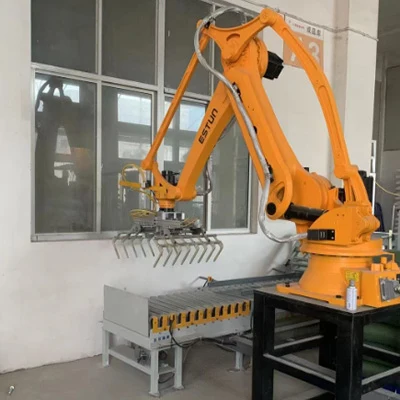
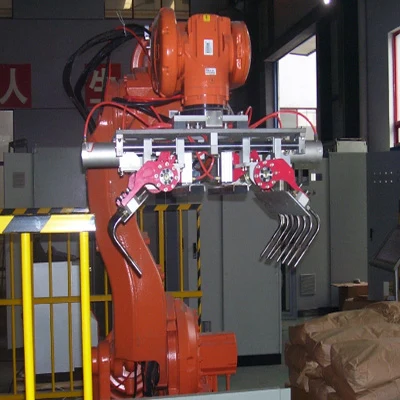
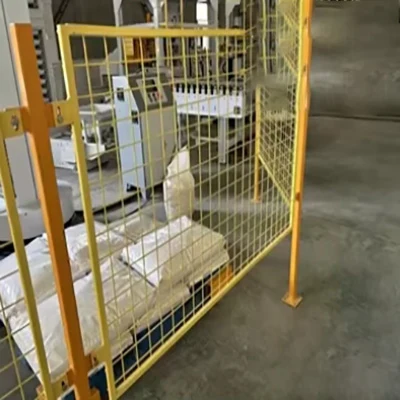
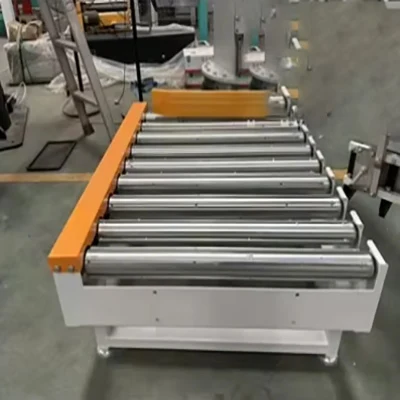
Transfers and positions materials; integrates seamlessly with packaging lines.
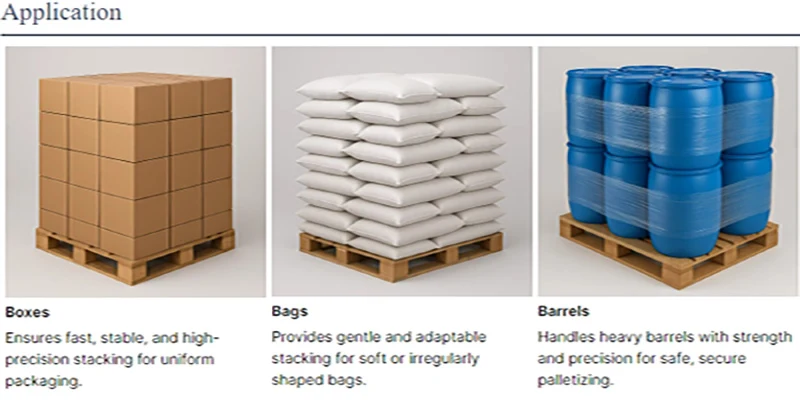
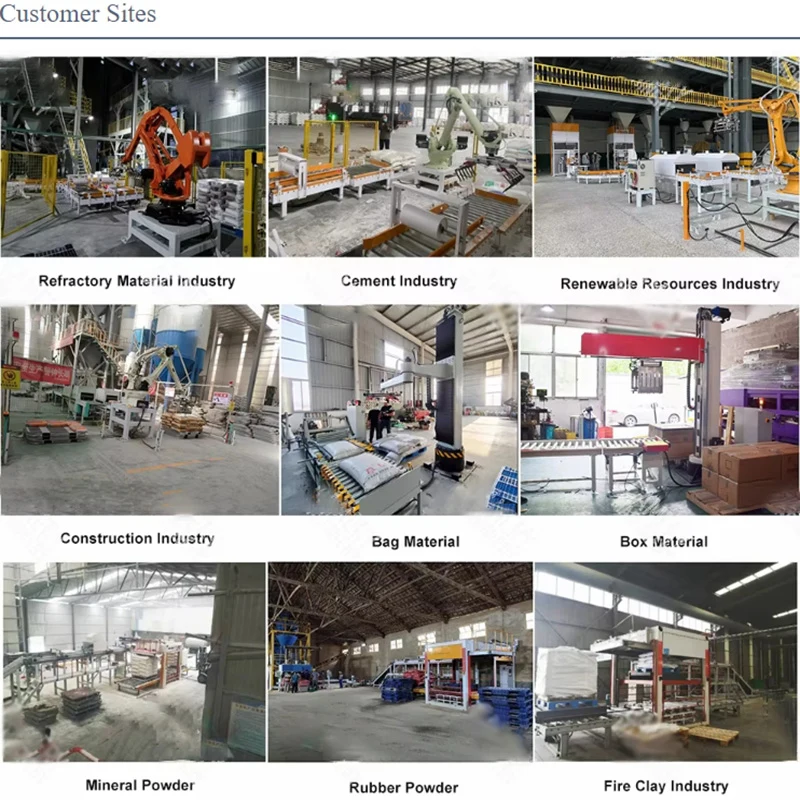
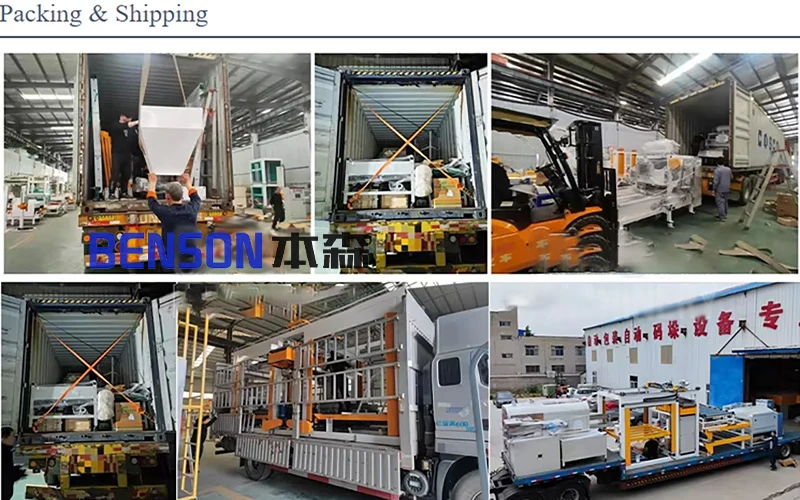
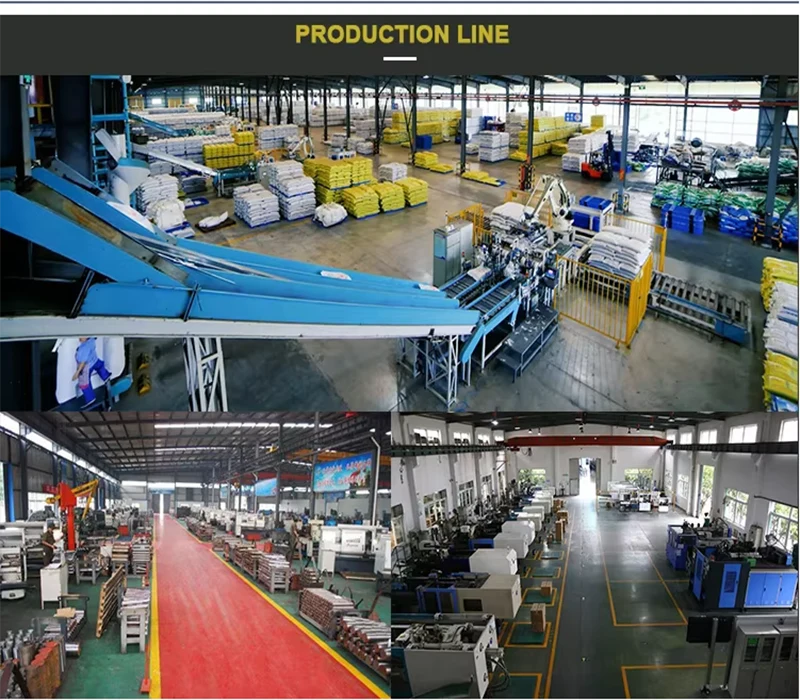
Company Profile
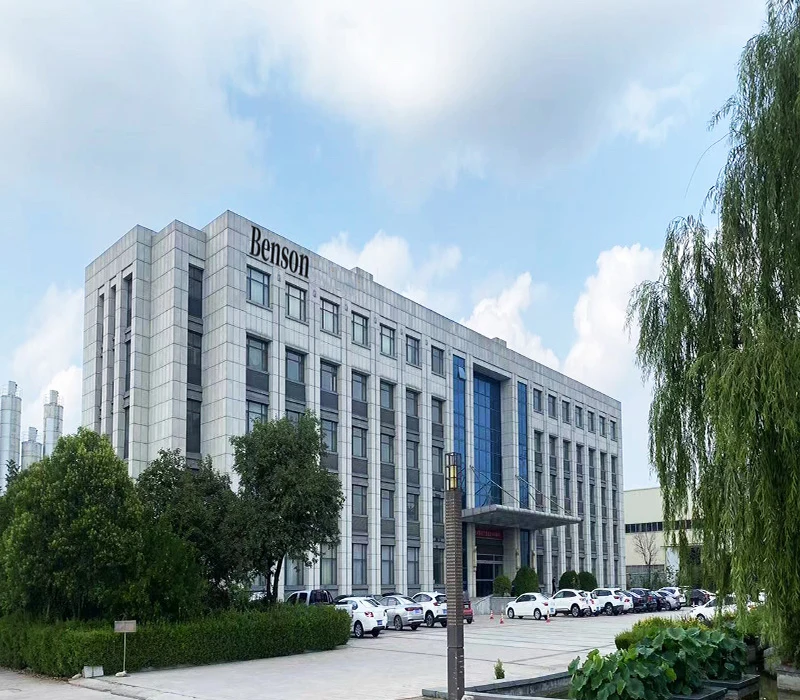
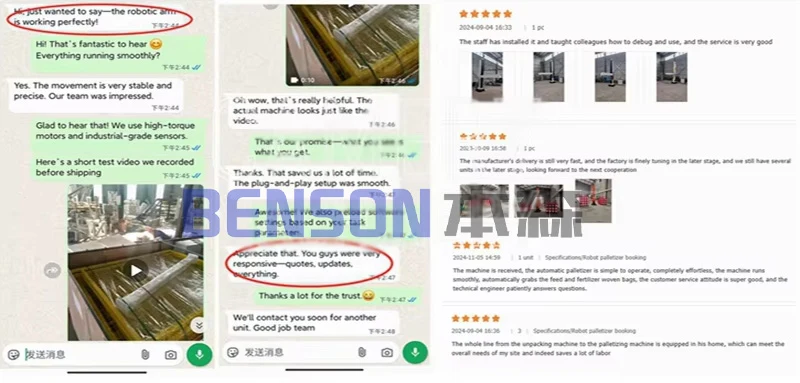
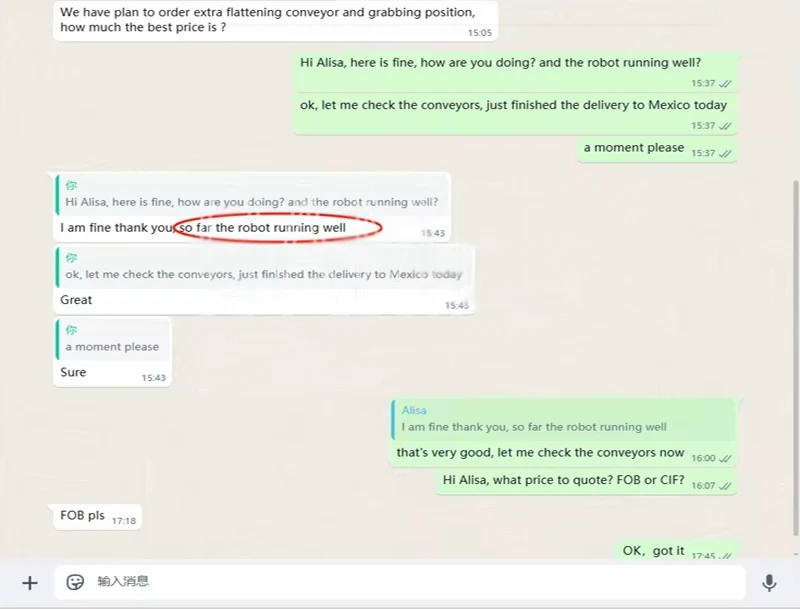
Benson machinery advocates innovation, professional, efficient, pragmatic business philosophy, to achieve mutual benefit and win-win, continue to provide our customers with high-end products and quality service.
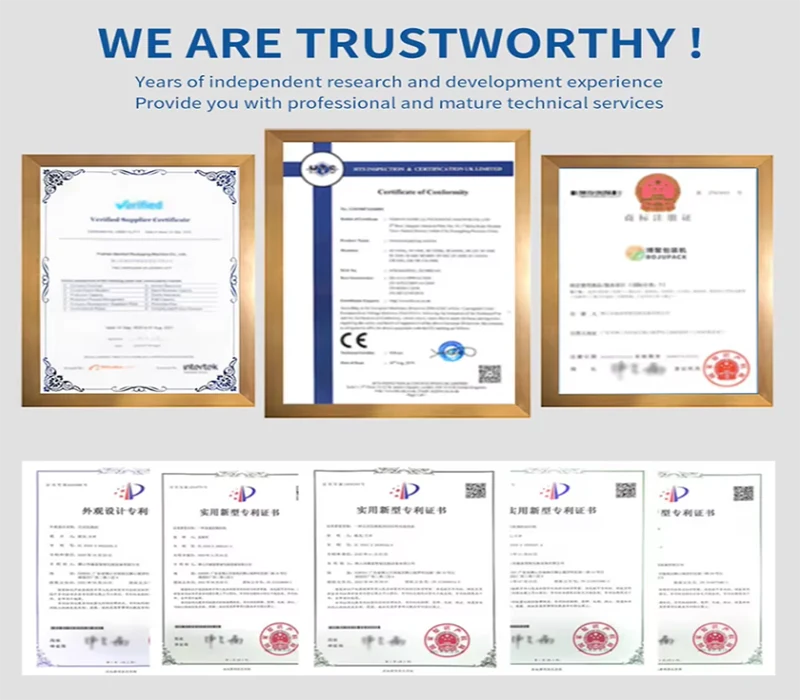
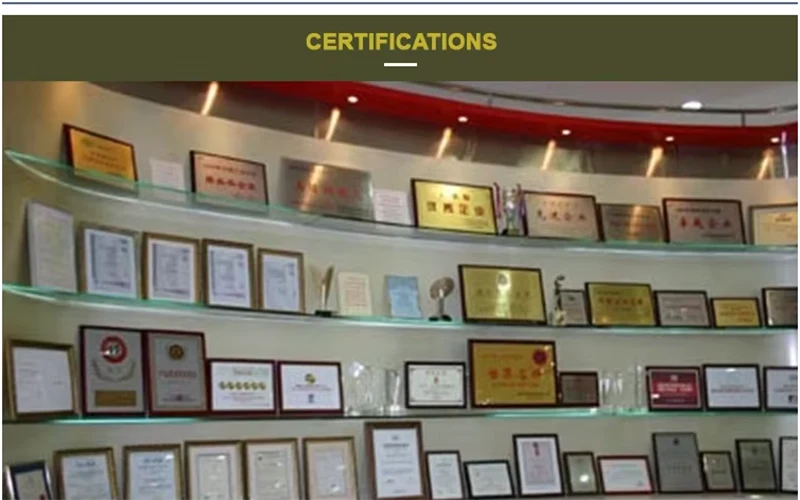
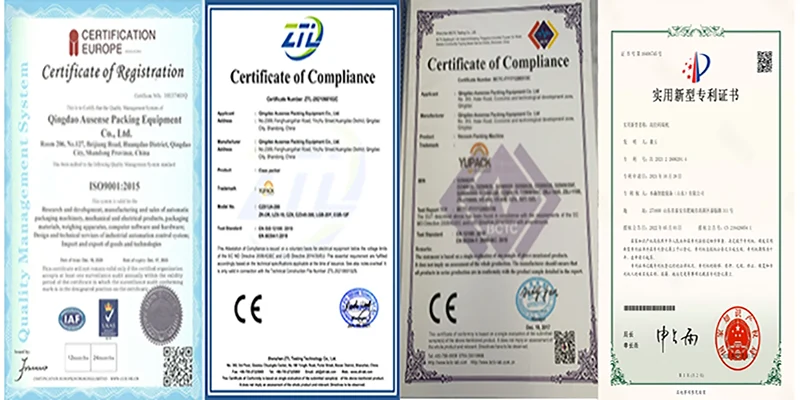
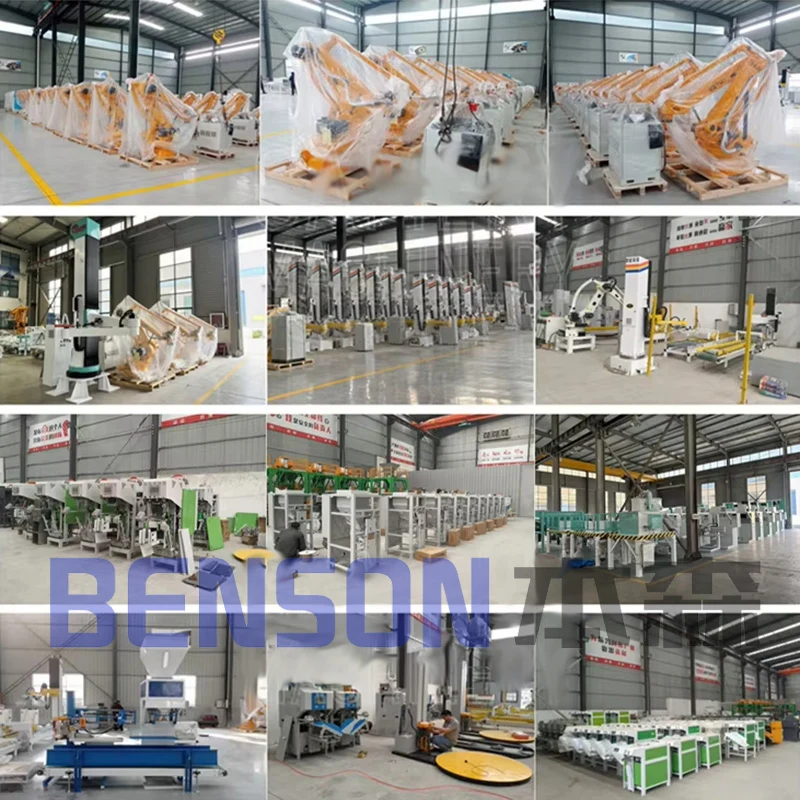
Exhibition
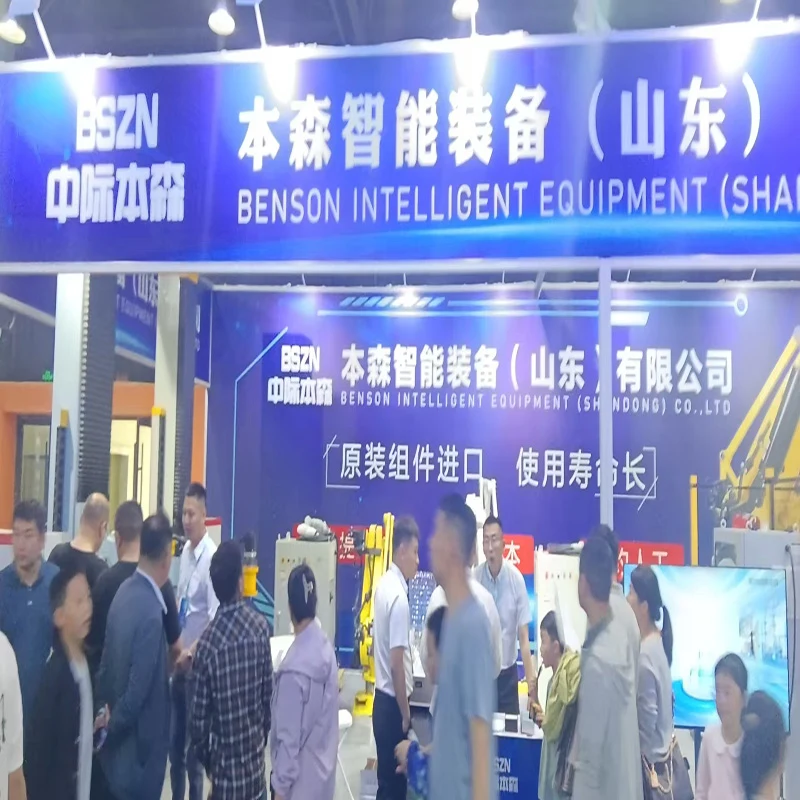
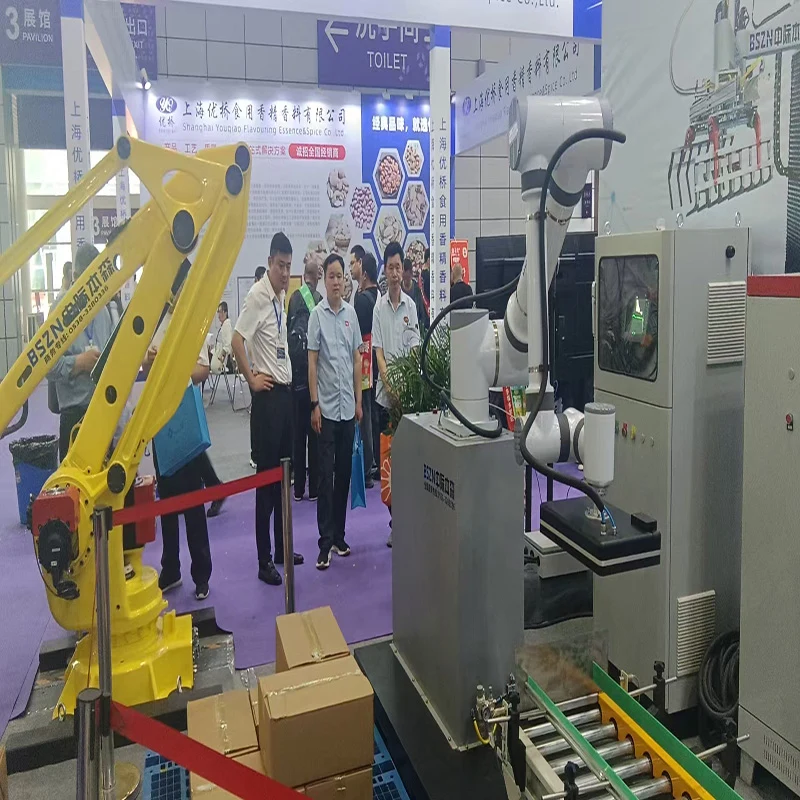
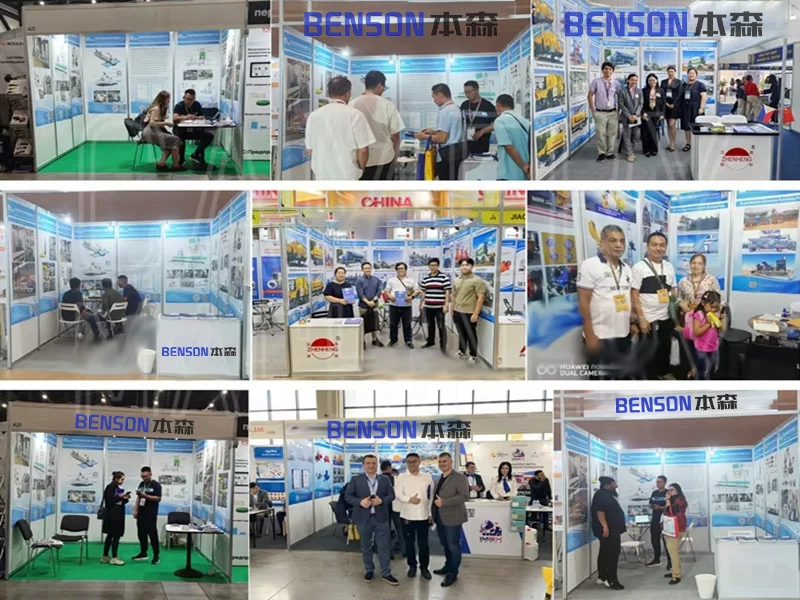

1. Are you factory or trading company?We are the factory, we doing this line for more than 10 years.
2. Can you provide after-sales service for installation?Yes. Before the equipment is shipped, we will install and debug it in the factory to ensure that all components are running stably. After that, the whole set of equipment will be packed in wooden boxes/containers. After receiving the equipment, there is no need for a lot of installation and debugging. At the same time, we will provide corresponding pictures/videos/manuals, and provide telephone consultation online, so that you can ask questions at any time. If you need to send engineers to the local area to install, debug and train employees, we can also provide you with it. We will provide manuals and detailed videos to help customers install the machine. If necessary, we will send technicians to the customer's factory to assist, and the customer only needs to pay for round-trip air tickets, meals, room fees and a daily subsidy of US$150.
If you need to send engineers to the local area to install, debug and train employees, we can also provide you with it. We will provide manuals and detailed videos to help customers install the machine. If necessary, we will send technicians to the customer's factory to assist, and the customer only needs to pay for round-trip air tickets, meals, room fees and a daily subsidy of US$150.
3. How long is the warranty on your palletizer robot?We provide a one-year warranty. If there is any problem with the equipment during the warranty period, we will replace it free of charge. If the warranty period expires, we will provide damaged spare parts at cost price. At the same time, our palletizers use brand components such as Schneider and AirTac, which have more stable performance and longer service life. Please rest assured to buy, we are worthy of your trust.
4. Are there any requirements for pallet size and stacking height?It supports a variety of pallet sizes, and the maximum stacking height can reach 1.8 meters to meet different shipping needs.5. Is there a complete solution with a conveyor line?We can provide a complete line: belt conveyor, automatic bag sorting, steering, bag pressing, palletizing, and integrated delivery.
Product Inquiry